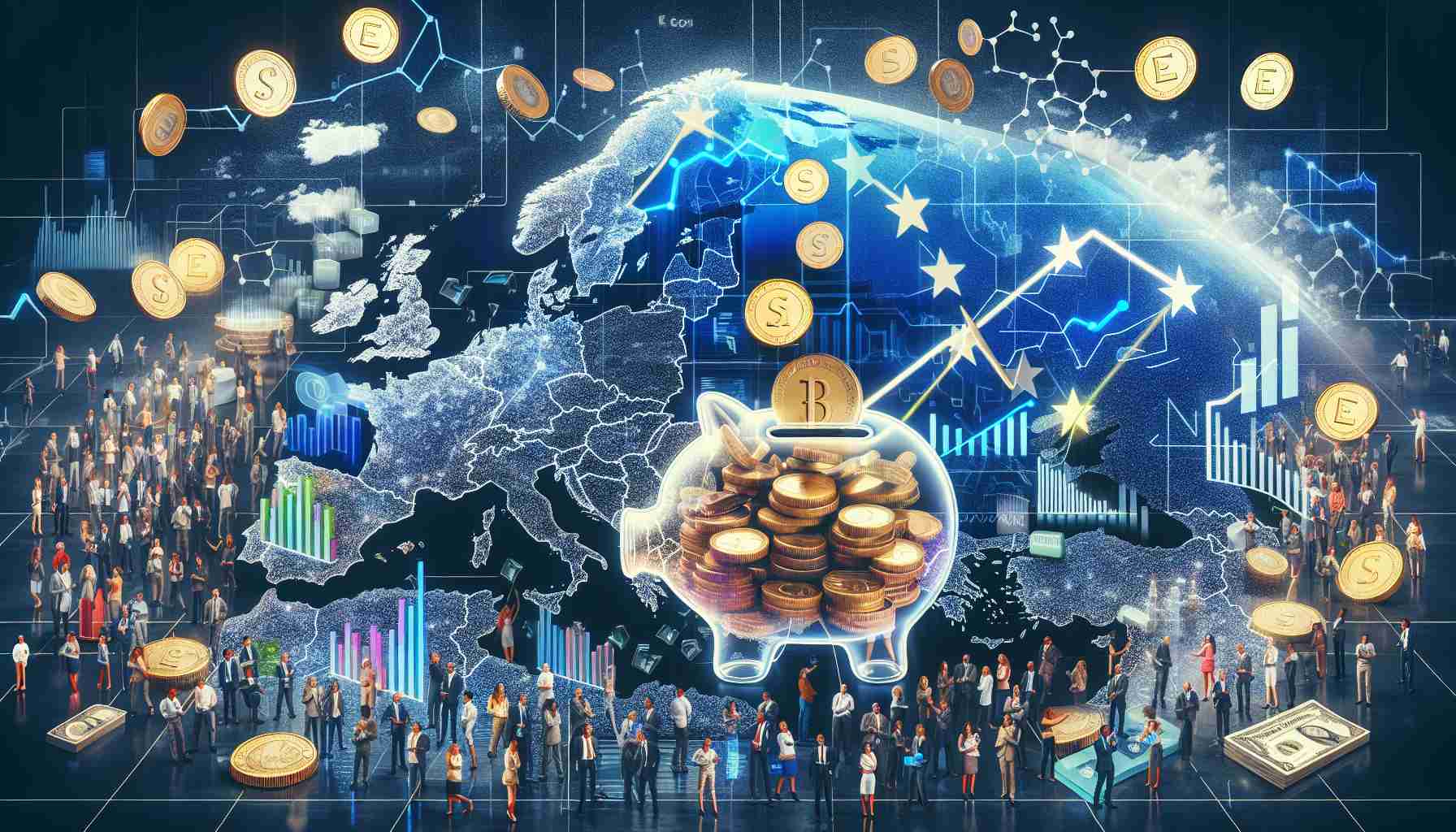The European Commission (EC) is taking significant steps to bolster digital connectivity across member states by implementing the second work programme of the Connecting Europe Facility (CEF). This initiative is pivotal for addressing the growing need for advanced digital infrastructures as societal interactions increasingly shift online.
In recognizing the vital role of digital technologies in modern economies, the EC emphasizes the urgent need for enhanced connectivity. However, a striking disparity remains in both private and public funding sources, which can impede progress. To tackle this issue, the CEF Digital programme is set to encourage substantial public and private investment in digital infrastructures through 2027.
With a funding commitment of up to €2 billion, the programme has already initiated 65 projects aimed at improving connection capabilities, including key initiatives for gigabit and 5G networks. The upcoming funding allocation—approximately €865 million—will support further advancements in three main areas: 5G infrastructure deployment, backbone network upgrades, and operational digital platforms for essential sectors such as transport and energy.
Significantly, the programme also aims to enhance the robustness and security of digital networks, including submarine cables, to ensure seamless connectivity both within Europe and with global partners. Ultimately, these strategic initiatives are designed to fortify Europe’s position in the digital realm, paving the way for a more interconnected future.
Maximizing Digital Connectivity: Tips, Life Hacks, and Interesting Facts
In today’s digital age, enhancing your connectivity doesn’t just rely on larger investments at the institutional level; individuals and businesses can also improve their digital landscapes through simple life hacks and mindful practices. Here are some tips and interesting facts to help you make the most out of digital connectivity, especially in light of initiatives like the European Commission’s Connecting Europe Facility (CEF).
1. Optimize Your Home Network
To enhance internet speed at home, consider the following:
– Router Placement: Place your router in a central location to maximize coverage. Avoid obstructions like walls or large furniture.
– Update Regularly: Ensure your router’s firmware is up to date to improve security and functionality.
2. Use Wired Connections When Possible
While Wi-Fi is convenient, using an Ethernet cable can significantly improve connection speed and stability. This is particularly important for activities like online gaming or streaming high-definition content.
3. Leverage Public Wi-Fi Safely
When you’re in a public place with free Wi-Fi, make sure to:
– Use a VPN: This encrypts your internet connection and protects your data from potential hackers.
– Access Secure Sites: Ensure that the websites you visit use HTTPS to safeguard your information.
4. Engage with Digital Initiatives
Stay informed about local and regional initiatives aimed at improving digital infrastructure. Participate in community forums or surveys concerning digital access, as your input can help shape future projects.
5. Explore Online Learning Tools
Take advantage of the increased connectivity by engaging with numerous educational platforms. Websites like Coursera or edX offer courses that can enhance your skills, making you more competitive in the job market.
Interesting Facts About Digital Connectivity
– As per current trends, by 2025, it is expected that there will be more connected devices than people globally, highlighting the importance of robust digital infrastructures.
– Europe’s digital economy growth is projected to accelerate, with initiatives like the CEF paving the way for innovations in various sectors, from healthcare to transport.
By utilizing these tips and staying informed about digital initiatives like the CEF, you can significantly enhance your personal and professional connectivity in our increasingly digital world. Embrace these changes and prepare for a future where seamless digital interactions are the norm.
For more insights into the digital transformation within Europe, check out the European Commission.






















